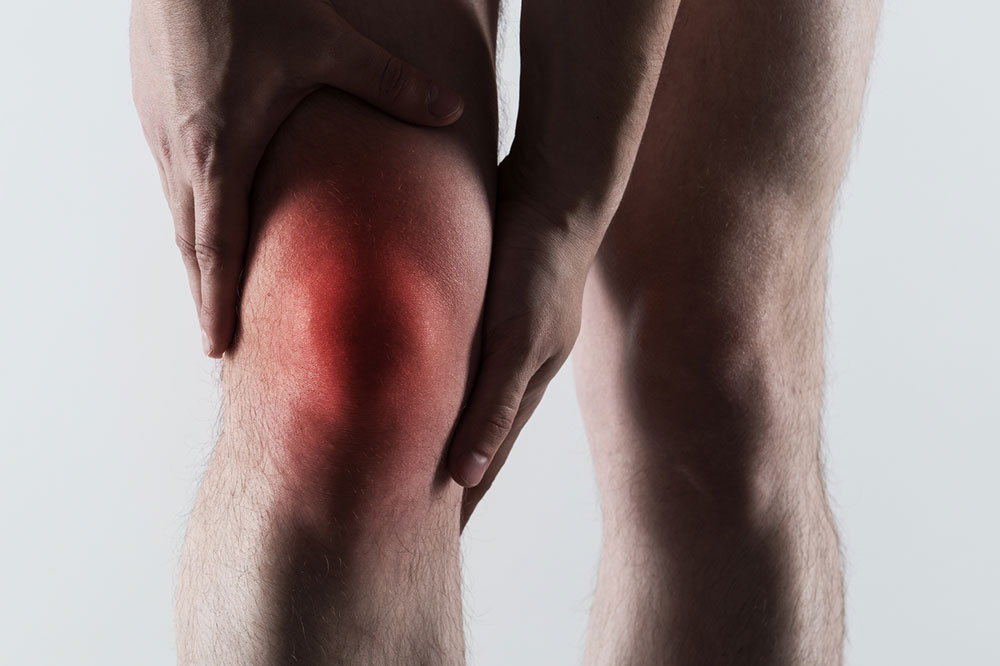Comprehensive Guide to Bone Spurs: Causes, Symptoms, and Treatments
This comprehensive guide explains the causes, symptoms, diagnosis, and treatment options for bone spurs. Learn how to identify early signs and take preventive measures to maintain joint health and mobility. Get expert advice on managing and avoiding this common condition to improve your quality of life.

Understanding Bone Spurs: Causes, Symptoms, and Remedies
What Are Bone Spurs? Bone spurs, or osteophytes, are bony growths that develop as a response to joint or bone damage. They commonly appear in joints and areas subjected to stress, leading to pain and stiffness when bones grind against each other.
Common Areas Affected by Bone Spurs include:
Hips
Shoulders
Knees
Hands
Neck
Spine
Heels
What Causes Bone Spurs? Factors contributing to their formation include:
Body's attempt to repair bone injuries
Arthritis-related joint damage
Obesity, genetics, overuse, birth deformities, spinal narrowing
Signs and symptoms may encompass:
Palpable bumps under the skin
Joint pain and stiffness
Weakness, cramps, muscle spasms
Bowel control issues
Neural sensitivity in bones and spine
Numbness or weakness in limbs
In advanced cases, bone spurs can fracture and obstruct joint movement, a condition called "loose body".
Diagnosis involves imaging techniques such as X-rays, CT scans, MRI, and nerve tests. An orthopedic specialist assesses the condition and recommends appropriate treatments.
Treatment options include pain relievers like NSAIDs, rest, corticosteroids, physiotherapy, and in some cases, surgical removal of excess bone deposits.
To prevent bone spurs, maintain a balanced diet rich in calcium and vitamin D, wear supportive footwear, engage in weight-bearing exercises, and seek early medical advice for symptoms.
Ignoring bone spurs can severely impact mobility and quality of life, so prompt diagnosis and proper care are vital. Consult your doctor promptly if you experience joint pains or related symptoms.
Note:
Our articles serve as informational resources; they should not replace professional medical advice. For personalized diagnosis and treatment, always consult a healthcare provider. The information provided here may not include all available options or current advancements.










